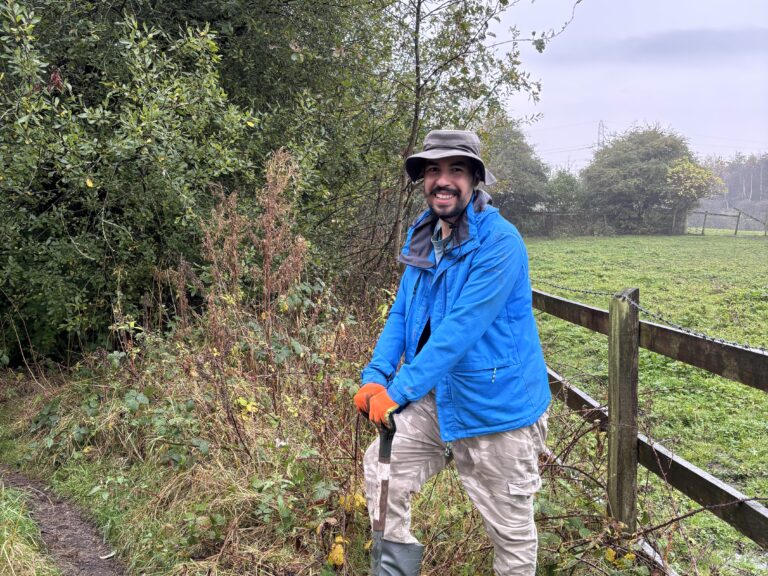Growing for the future
We have many projects live and in the pipeline as we grow City of Trees further. Come back to this page to discover what we’re up to.
Projects

We have many projects live and in the pipeline as we grow City of Trees further. Come back to this page to discover what we’re up to.
